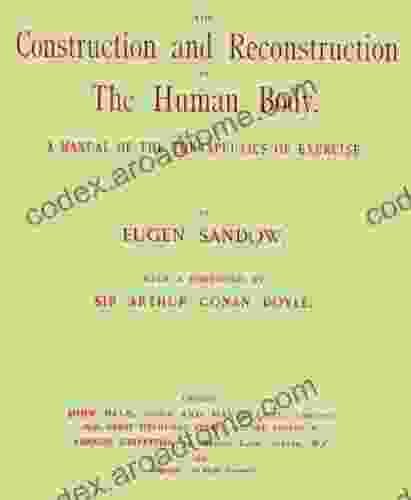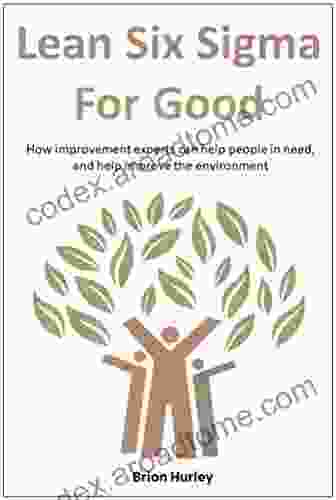Delving into the Depths of Early Buddhism: An Accessible Explanation of Its Core Theory

In a world grappling with complexities and uncertainties, the teachings of early Buddhism offer a profound path to inner peace and wisdom. An Accessible Explanation of the Core Theory of Early Buddhism presents a comprehensive exploration of this ancient philosophy, providing a clear and engaging for those seeking to understand its essence. This article delves into the fundamental concepts, practices, and historical context of early Buddhism, offering a valuable resource for both beginners and seasoned practitioners.
The Core Principles of Early Buddhism
At the heart of early Buddhism lies the concept of the Four Noble Truths. First, the Buddha recognized that life is inherently marked by suffering (dukkha). This suffering arises from our attachment to desires, possessions, and impermanent experiences. The second truth reveals the cause of suffering as tanha, or craving. Our unquenchable thirst for pleasure and our aversion to pain keep us trapped in a cycle of dissatisfaction.
4.8 out of 5
| Language | : | English |
| File size | : | 1621 KB |
| Text-to-Speech | : | Enabled |
| Screen Reader | : | Supported |
| Enhanced typesetting | : | Enabled |
| Print length | : | 175 pages |
| Lending | : | Enabled |
The third Noble Truth offers a path to liberation from suffering: the cessation of craving (nirodha). By practicing the Noble Eightfold Path, we can cultivate wisdom, ethical conduct, and mental discipline, leading to the ultimate goal of enlightenment (nirvana). Nirvana is a state of profound peace, clarity, and liberation from the cycle of rebirth.
The Noble Eightfold Path
The Noble Eightfold Path provides a practical framework for cultivating freedom from suffering. It encompasses eight interconnected practices:
- Right Understanding: Cultivating a deep understanding of the Four Noble Truths and the nature of reality.
- Right Thought: Directing the mind towards thoughts of compassion, loving-kindness, and non-violence.
- Right Speech: Using words that are truthful, kind, and beneficial.
- Right Action: Engaging in ethical and wholesome conduct that does not harm others.
- Right Livelihood: Pursuing a profession that aligns with ethical principles and does not contribute to suffering.
- Right Effort: Cultivating a diligent and sustained effort in all aspects of practice.
- Right Mindfulness: Paying attention to the present moment with clarity and non-judgment.
- Right Concentration: Developing the ability to focus the mind and achieve deep states of meditation.
The Historical Context of Early Buddhism
Early Buddhism emerged in ancient India around the 6th century BCE. Its founder, Siddhartha Gautama, known as the Buddha, was a prince who renounced his royal life to seek enlightenment. After experiencing the Four Noble Truths, he dedicated his life to teaching others the path to liberation.
The teachings of early Buddhism spread throughout India and beyond, influencing various religious, philosophical, and cultural traditions. Early Buddhist texts, such as the Pali Canon, provide a rich source of information about the Buddha's teachings and the practices of his followers.
Benefits of Studying Early Buddhism
Understanding early Buddhism offers numerous benefits for individuals seeking personal growth and fulfillment. By delving into its core theory, we can:
- Gain a deeper understanding of the nature of suffering and its causes.
- Develop practical tools for reducing stress, anxiety, and negative emotions.
- Cultivate compassion, empathy, and kindness towards ourselves and others.
- Explore the philosophical underpinnings of Buddhism and its relevance to contemporary life.
- Connect with a vibrant and ancient tradition that has inspired millions worldwide.
An Accessible Explanation of the Core Theory of Early Buddhism provides a comprehensive and engaging to one of the world's most influential spiritual traditions. By understanding the core principles of early Buddhism, the Noble Eightfold Path, and the historical context in which it emerged, we can embark on a profound journey of inner transformation and discover the path to lasting peace and fulfillment.
Whether you are a newcomer to Buddhism or a seasoned practitioner seeking to deepen your understanding, this book will serve as an invaluable guide. Its clear and accessible language, insightful explanations, and practical exercises will empower you to explore the teachings of early Buddhism and apply them to your own life.
4.8 out of 5
| Language | : | English |
| File size | : | 1621 KB |
| Text-to-Speech | : | Enabled |
| Screen Reader | : | Supported |
| Enhanced typesetting | : | Enabled |
| Print length | : | 175 pages |
| Lending | : | Enabled |
Do you want to contribute by writing guest posts on this blog?
Please contact us and send us a resume of previous articles that you have written.
 Book
Book Novel
Novel Page
Page Chapter
Chapter Text
Text Story
Story Genre
Genre Reader
Reader Library
Library Paperback
Paperback E-book
E-book Magazine
Magazine Newspaper
Newspaper Paragraph
Paragraph Sentence
Sentence Bookmark
Bookmark Shelf
Shelf Glossary
Glossary Bibliography
Bibliography Foreword
Foreword Preface
Preface Synopsis
Synopsis Annotation
Annotation Footnote
Footnote Manuscript
Manuscript Scroll
Scroll Codex
Codex Tome
Tome Bestseller
Bestseller Classics
Classics Library card
Library card Narrative
Narrative Biography
Biography Autobiography
Autobiography Memoir
Memoir Reference
Reference Encyclopedia
Encyclopedia Fiona Jallings
Fiona Jallings Bradley Campbell
Bradley Campbell Brad Schiller
Brad Schiller Bradley Dilger
Bradley Dilger Brad Ross
Brad Ross Brian D Smith
Brian D Smith Scott Mason
Scott Mason Bittencourt Press
Bittencourt Press Blain Brown
Blain Brown Penny Tinkler
Penny Tinkler Brett Green
Brett Green Bonnie Henderson
Bonnie Henderson Brian Hennessey
Brian Hennessey Marianne Fehr
Marianne Fehr Brandon Burbank
Brandon Burbank Lew Olson
Lew Olson Bram Stoker
Bram Stoker Bonnie Zieman
Bonnie Zieman Brandon Cook
Brandon Cook Bobbi Dempsey
Bobbi Dempsey
Light bulbAdvertise smarter! Our strategic ad space ensures maximum exposure. Reserve your spot today!

 Earl WilliamsUnderstanding Air France 447: Bill Palmer's Must-Read Book for Unraveling the...
Earl WilliamsUnderstanding Air France 447: Bill Palmer's Must-Read Book for Unraveling the... Jean BlairFollow ·17.1k
Jean BlairFollow ·17.1k Julio Ramón RibeyroFollow ·8.5k
Julio Ramón RibeyroFollow ·8.5k Jimmy ButlerFollow ·5.6k
Jimmy ButlerFollow ·5.6k Dashawn HayesFollow ·17.2k
Dashawn HayesFollow ·17.2k Banana YoshimotoFollow ·13.1k
Banana YoshimotoFollow ·13.1k Andy HayesFollow ·12.8k
Andy HayesFollow ·12.8k Thomas PynchonFollow ·12.7k
Thomas PynchonFollow ·12.7k Andres CarterFollow ·4.4k
Andres CarterFollow ·4.4k

 Darnell Mitchell
Darnell MitchellThe Most Comprehensive PCOS Diet Cookbook for a Healthier...
If you're one of the...

 Carson Blair
Carson BlairIsraelijudaism: A Portrait of Cultural Revolution
In the aftermath of the Holocaust, the State...

 Isaac Mitchell
Isaac MitchellThe Construction and Reconstruction of the Human Body: A...
The Intricate Construction...

 Kenzaburō Ōe
Kenzaburō ŌeITSM in the Outsourced World of IT: Unlocking Value and...
In today's rapidly...

 Israel Bell
Israel BellEmpowering the Greater Good: A Comprehensive Guide to...
In an era marked by growing societal...
4.8 out of 5
| Language | : | English |
| File size | : | 1621 KB |
| Text-to-Speech | : | Enabled |
| Screen Reader | : | Supported |
| Enhanced typesetting | : | Enabled |
| Print length | : | 175 pages |
| Lending | : | Enabled |











